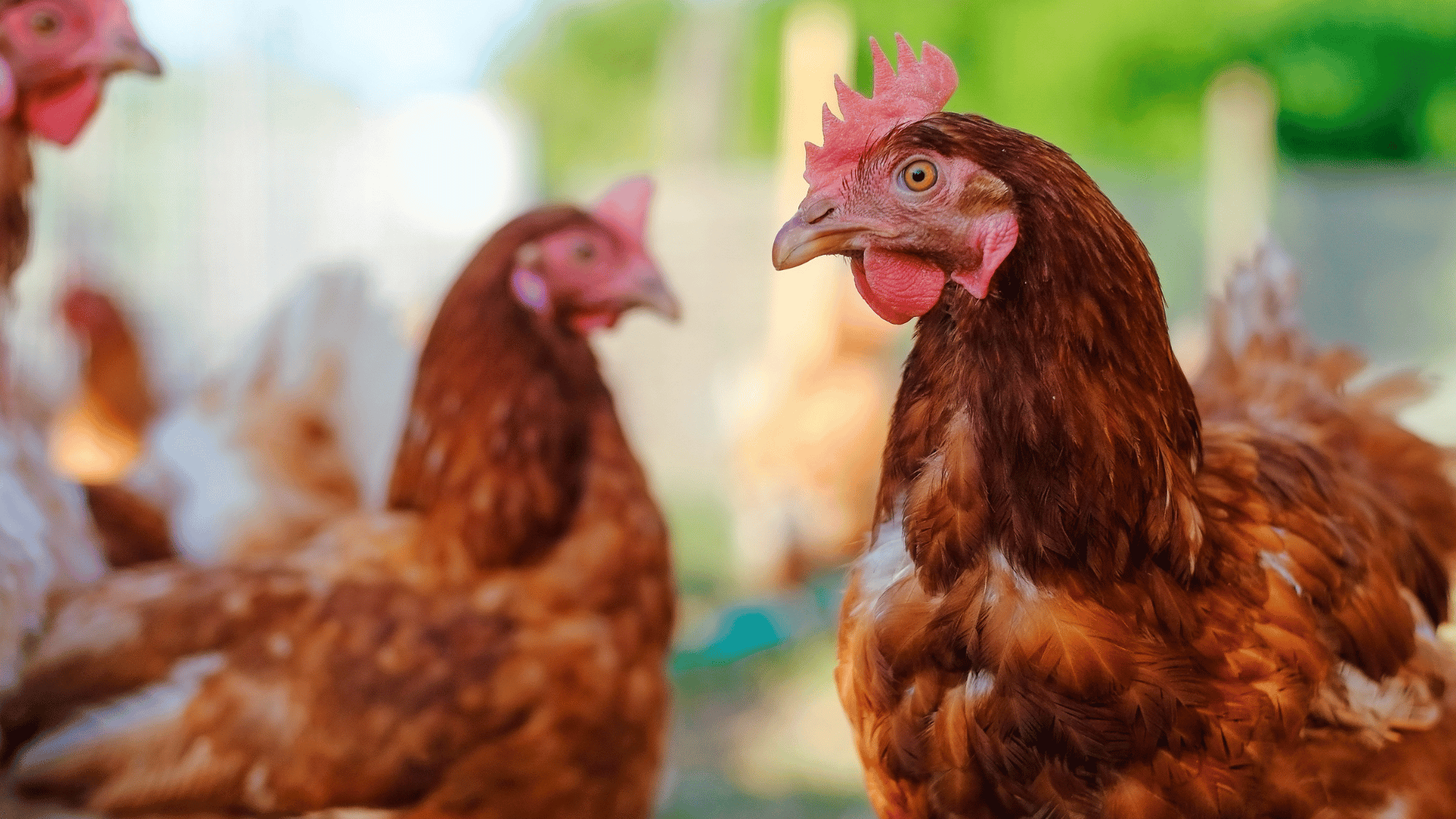Editor’s Note: Poultry accounts for over 40 per cent of global meat production, with demand expected to grow by 16 per cent by 2031. This growth is largely driven by middle and low-income countries where poultry is a cheaper and more readily available protein source compared to other meats. However, small-scale farmers in these countries often lack access to affordable, reliable brooding systems. Innovations like the Eco-Brooder are helping to bridge this gap, offering scalable solutions for sustainable livestock production.
Poultry farming plays a crucial role in food security and economic empowerment, yet many farmers struggle with high chick mortality due to inconsistent brooding conditions. The Eco-Brooder, developed under the supervision of Priscilla Rotich at Rift Valley National Polytechnic, offers a game-changing solution.
Using an Arduino Nano, DS18B20 temperature sensor, and OLED display, this solar-powered brooder creates a controlled environment that ensures optimal chick growth. By automating temperature regulation, airflow and power management, the innovation not only improves poultry survival rates but also reduces reliance on expensive and unreliable energy sources. This project is a testament to how technology can drive sustainable agricultural development.
Overcoming challenges in poultry farming
Traditional brooding methods pose several challenges, from high operational costs to environmental pollution. Many farmers rely on charcoal, kerosene, or electricity, leading to high fuel costs, health hazards and carbon emissions. Additionally, power outages and inconsistent heat distribution contribute to chick mortality, affecting profitability.

Recognising these issues, the Eco-Brooder project sought to develop a reliable, cost-effective and eco-friendly alternative. By leveraging solar energy and smart temperature control, the project addressed key industry pain points, making poultry farming more accessible and efficient for small-scale and commercial farmers alike.
Innovative solutions for sustainable poultry farming
The Eco-Brooder integrates smart technology to ensure precise environmental control for raising chicks. By incorporating a solar-powered heating and cooling system, the device reduces dependence on conventional energy sources while maintaining ideal temperatures.
A relay module manages heating, while a cooling fan prevents overheating, ensuring a balanced climate. Moreover, data storage capabilities allow farmers to monitor and adjust conditions as needed, optimising productivity. This automation minimises labour costs and enhances chick survival rates. By combining engineering ingenuity with agricultural expertise, the project demonstrates how interdisciplinary collaboration can lead to ground-breaking solutions in the livestock sector.
Impact on farmers and the environment
The Eco-Brooder is already transforming poultry farming by reducing costs and increasing efficiency. Farmers using this system report lower chick mortality rates and improved growth performance. By eliminating the need for fossil fuels, the innovation significantly cuts carbon emissions, contributing to a cleaner environment.

Additionally, the reduced labour requirement allows farmers to focus on other aspects of production, improving overall farm management. The project’s sustainability aligns with global efforts to combat climate change and promote green energy solutions. As more farmers adopt this technology, the potential for widespread economic and environmental benefits continues to grow.
Scaling up for a brighter future
Encouraged by the success of the Eco-Brooder, the team at Rift Valley National Polytechnic is exploring ways to scale up production and make the technology accessible to more farmers. Partnerships with agricultural organisations, policymakers and investors are being pursued to facilitate large-scale adoption.
Future enhancements, such as mobile connectivity for remote monitoring, could further improve efficiency. By empowering farmers with sustainable, cost-effective solutions, the Eco-Brooder sets a new standard for poultry farming. This project exemplifies the power of innovation in shaping a resilient and food-secure future, proving that the right technology can turn agricultural challenges into opportunities.





